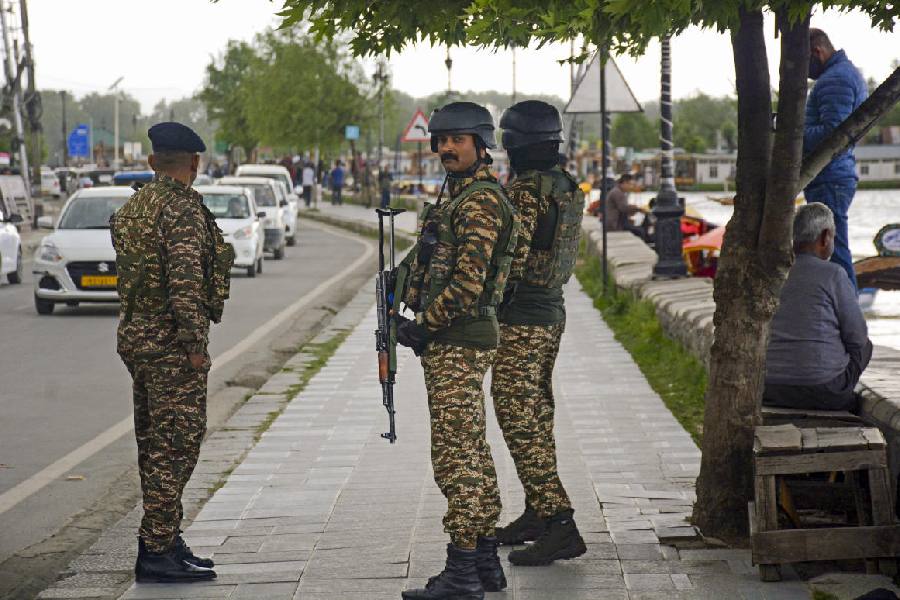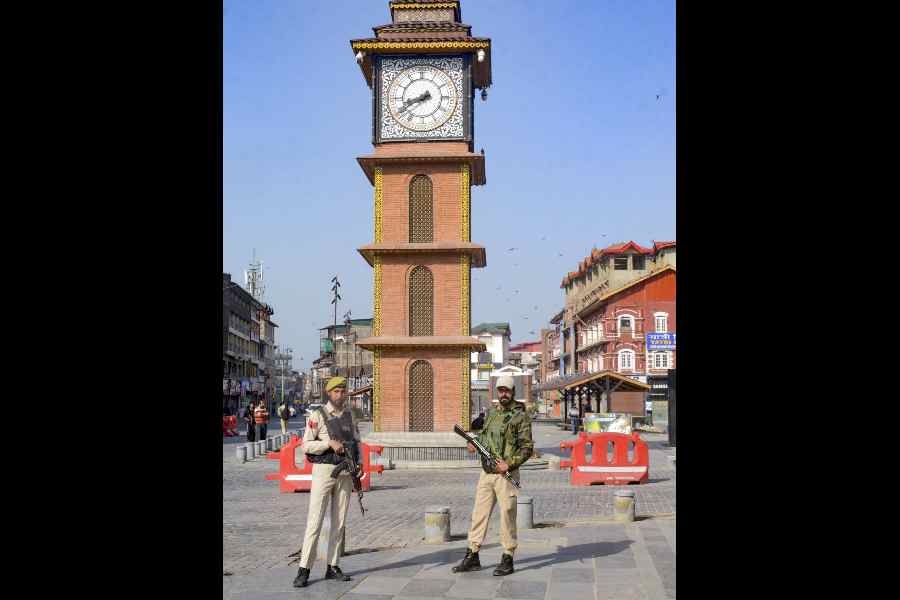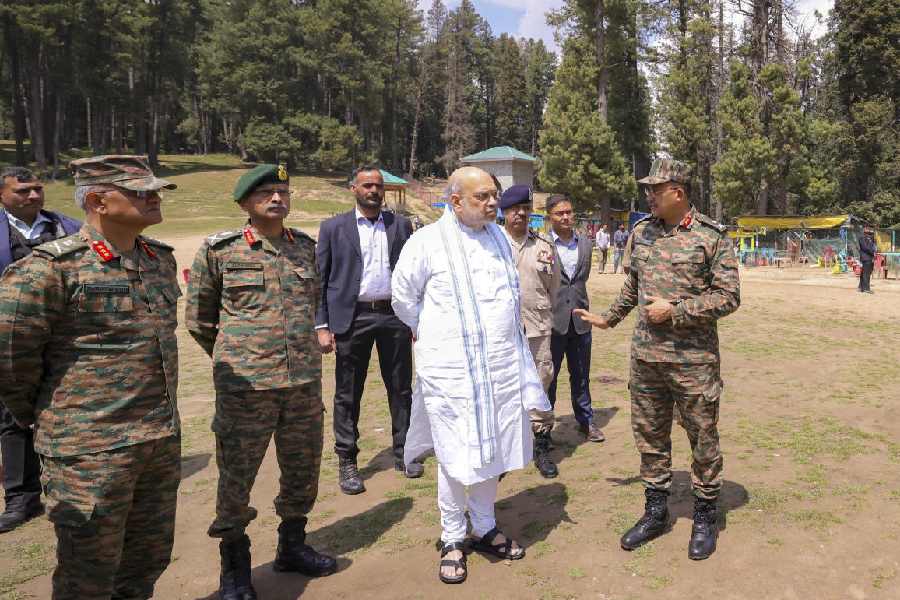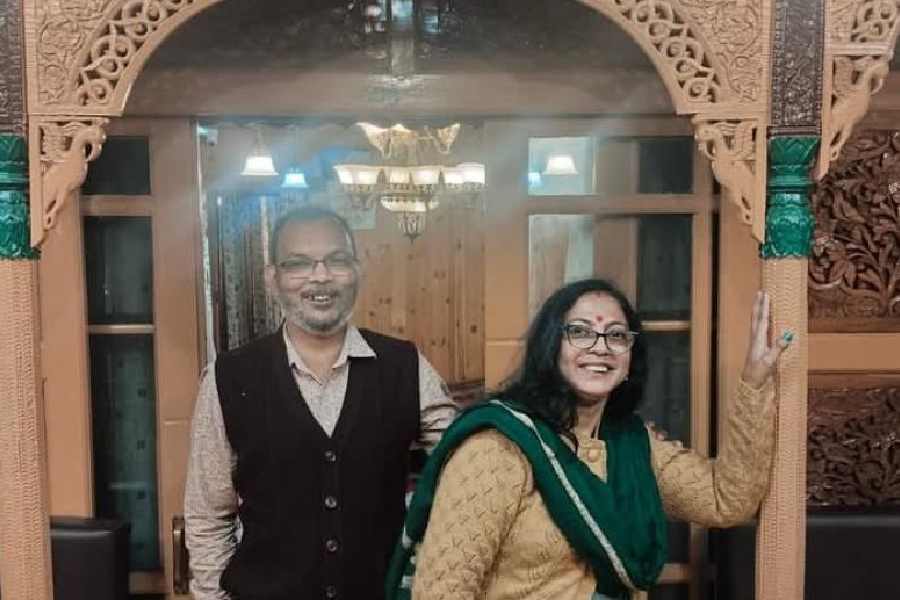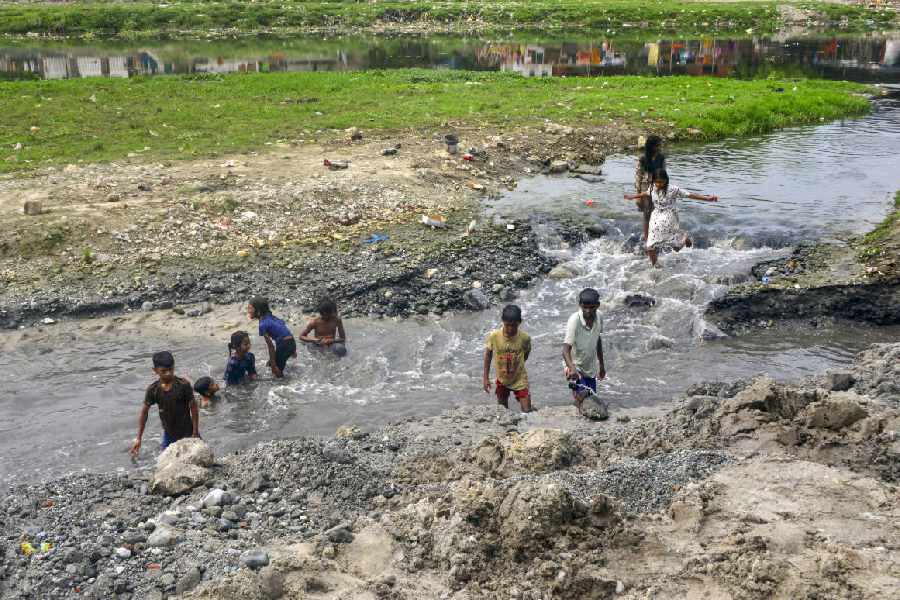 |
| Rituparna Sengupta in Paromitar Ek Din in which she played a divorced woman |
New Delhi, Aug. 20: Men of Bengal, hold on to your wives. Not only do you keep your hearth warm, you can stop them from becoming leaders.
Leaders among “liberated” women, that is.
According to a report being compiled by the ministry of women and child development, Bengal is second only to Maharashtra in the number of divorced or separated women.
While Maharashtra has 3,26,198 separated or divorced women, Bengal has 2,87,344. The gap is just 38,854, a mere 1.66 per cent of the total number of divorced or separated women across the country. Together, the two states account for more than one-fourth of the country’s 2.34 million divorced or separated women.
Andhra Pradesh, with 2,61,525 separated women, comes third, followed by Tamil Nadu, Karnataka and Kerala.
“The ministry has been compiling these statistics for the last one decade and Bengal has invariably held first or second position throughout,” said a ministry official.
If that comes as a surprise to conservative Bengali males, Tagore readers would say the great man anticipated it long back.
In Tagore’s 1914 work Streer Patra — or letter from a wife — a woman leaves home in protest as she is unhappy and later writes to her husband. The short story was made into a film starring Madhabi Mukherjee in 1972.
Sociologists say the comparatively high divorce rate among Bengali women may have something to do with “empowerment”.
“Whether inside the family or outside, women have always had an upper hand in Bengali society. This socio-economic aspect could have played a crucial role in the higher rate of divorce among women in Bengal,” said Sumitra Dixit, a social activist who works on women’s issues.
Others attribute it to what they call the “Kali power”. The demon-slayer goddess is central to the Bengali religious consciousness.
The ministry official explained that “separated” did not always mean divorced. “The category also includes separated women who are not legally divorced, though divorced women account for the largest chunk.”
But Bengali women, the official added citing figures, prefer to make the separation formal. He said 90 per cent of Bengali women in the separated category were formally divorced, while the figure was around 60-80 per cent for other states.
According to the report, Rajasthan, Uttar Pradesh, Delhi, Assam, Jammu and Kashmir and Punjab were some of the states with lower divorce/separation rates.
Activist Ameya Biswas said: Bengali women fared “much better” than their counterparts in other states on most socio-economic indicators. “Whether it is marriage age or girls’ education, Bengal fares much better than the national average. The fact that divorce rates are higher in states like Bengal, Kerala and Maharashtra and lower in Rajasthan, Uttar Pradesh and Bihar shows there is a pattern to it. The better the status of women in society, the chances are higher that they will have a higher rate of divorce.”
But Biswas said nothing could be said with “finality” because it was not clear whether the women “took the initiative to get divorce or it was thrust upon them”.
Bengal also has the second-largest number of widows in the country. According to the report, there are 31,55,365 widows in the state. Here, too, Maharashtra tops the list with 37,26,735 widows.
The official said the ministry was planning a detailed study on divorced and widowed women. “These are mere statistics. There could be much more to these statistics and we are planning to delve deeper,” he said.


